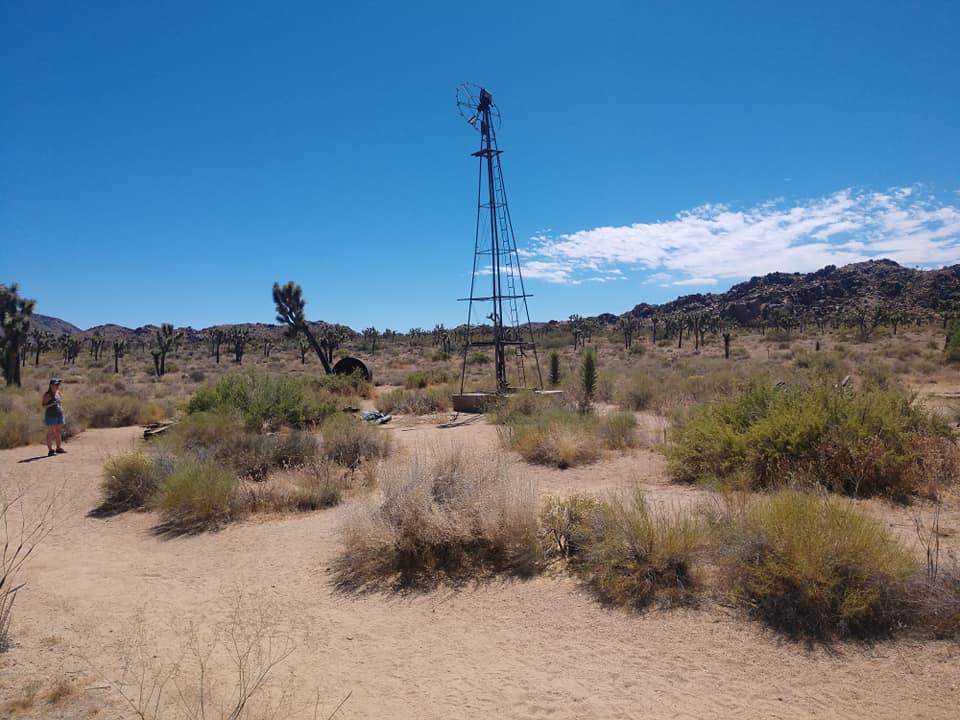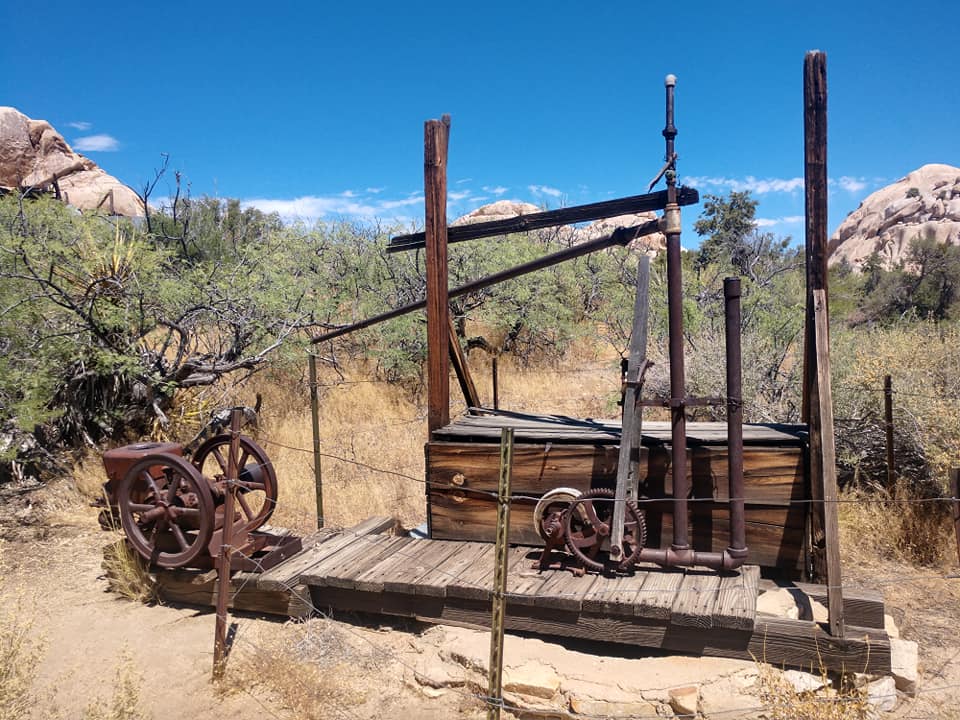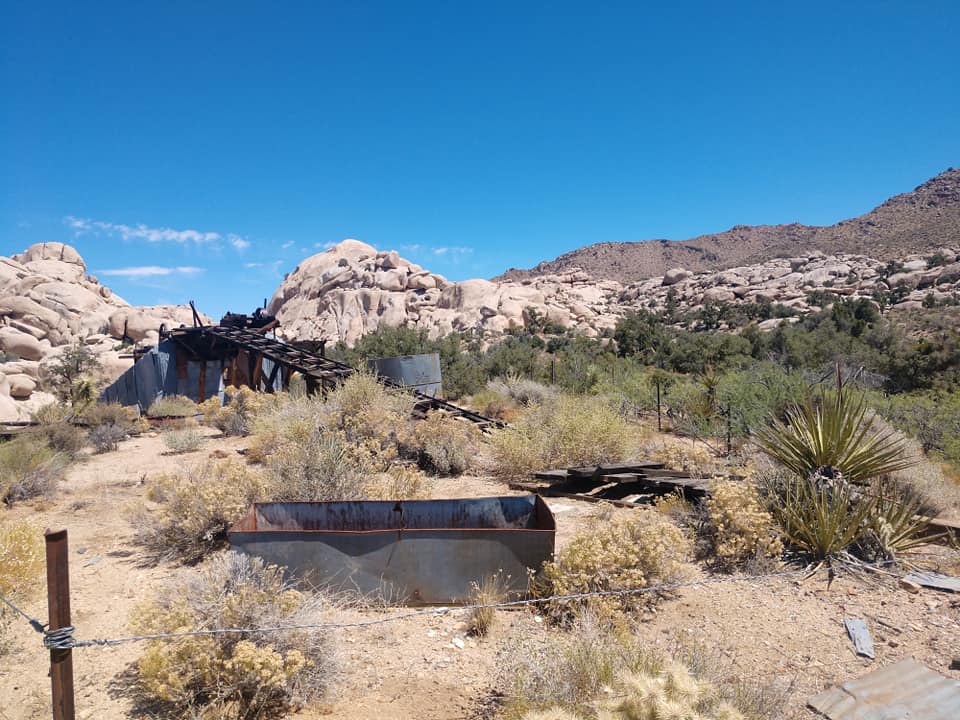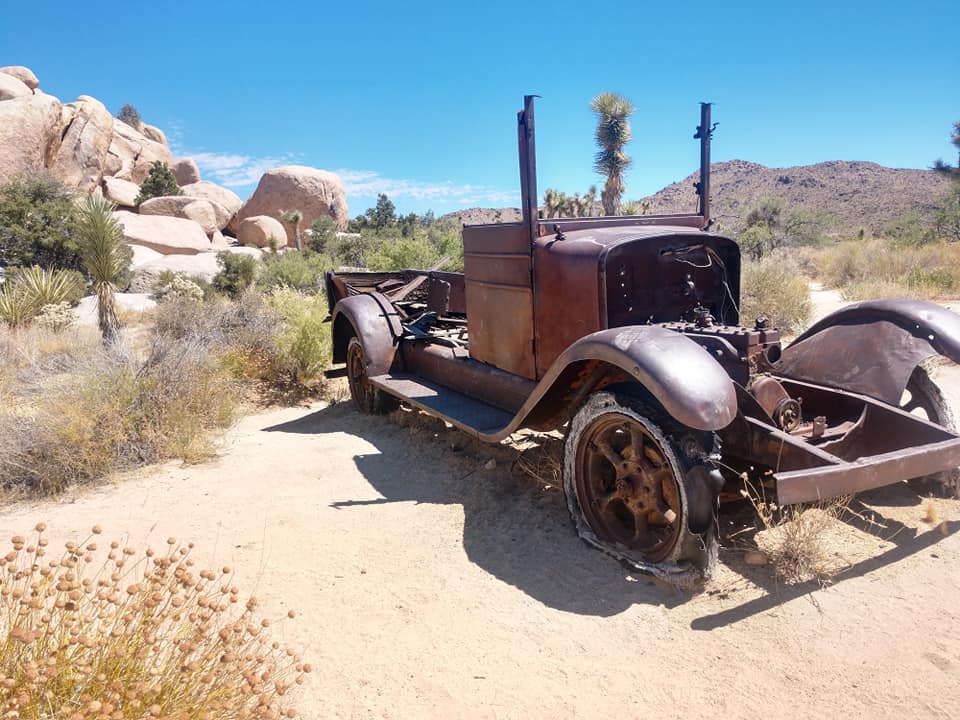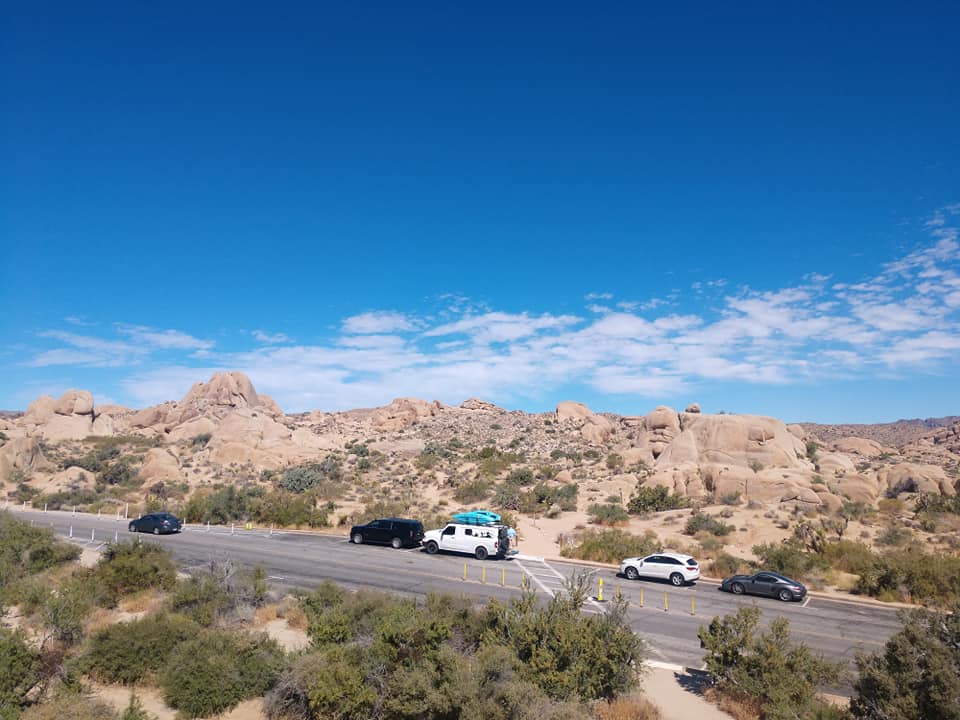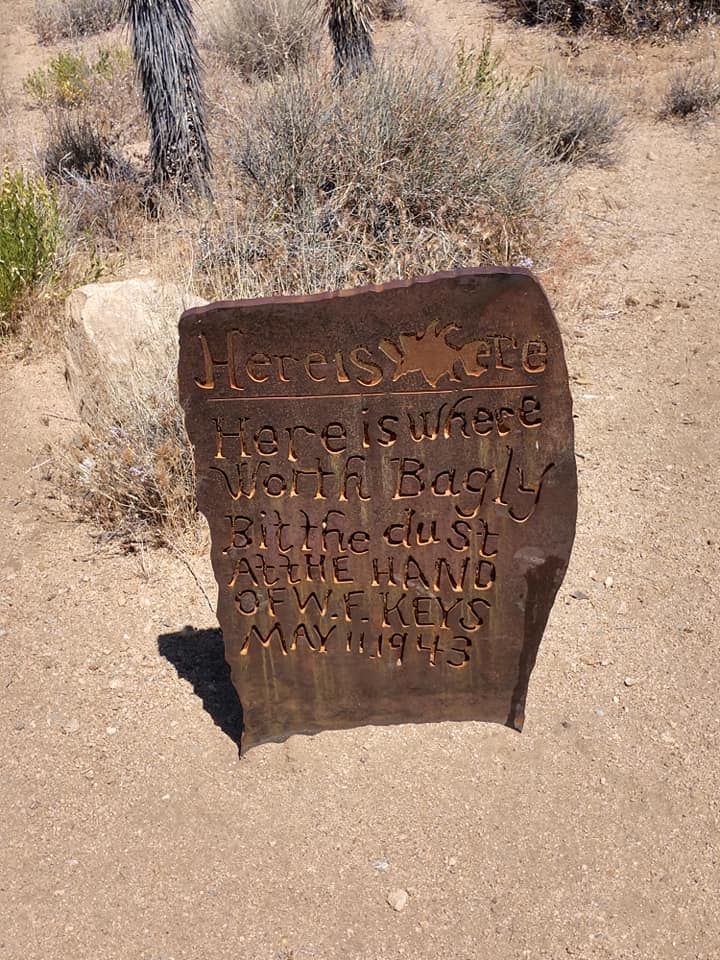Joshua Tree National Park Tips: 6 Interesting Things You Have to Do
Stupidly, my family and I missed out on seeing the international dark sky at Craters of the Moon National Monument, so when Brandon told me we were stopping at Joshua Tree National Park per my request, I quickly looked up why I had said I wanted to go there. BAM! It was also an international dark sky location.
When we pulled in that evening, we stayed outside and looked up at the sky for a solid half hour. There were more stars than I had ever seen- it was like pure magic, so much so that this is (as of right now) my favorite National park. So here are my Joshua Tree National Park tips and tricks.
Just a Heads up, friends!
Some of the links on this site are affiliate links. That means if you click through and make a purchase, I may earn a small commission at no extra cost to you. It’s like tossing a few coins in my tip jar to help fund my next cup of road trip coffee.
I only recommend products, places, and gear I genuinely love and would take with me on adventures. So, thank you for supporting Tiffany Denae – one caffeinated click at a time!
History of Joshua Tree National Park
Before America was created, Joshua Tree was the home to several Native American tribes, including the Cahuilla, Serrano, and Chemehuevi. These people relied on the desert’s natural resources, and you can still find traces of their presence in the rock art, pottery shards, and irrigation systems found throughout the 795,156 acres.
In the late 19th and early 20th centuries, Joshua Tree saw a wave of miners and homesteaders looking for gold and silver, and trying their hand at farming this desert land, thanks to the Homestead Act. You can still see remnants of their lives when you are hiking, especially around places like the Wall Street Mill.
By 1930, concerns arose about cactus poaching destroying the fragile ecosystem, prompting advocates such as Mervin Hoyt to work on preserving the area. Thanks to their efforts, President Franklin D. Roosevelt designated it as a National Monument in 1936 and it became a national park in 1994.
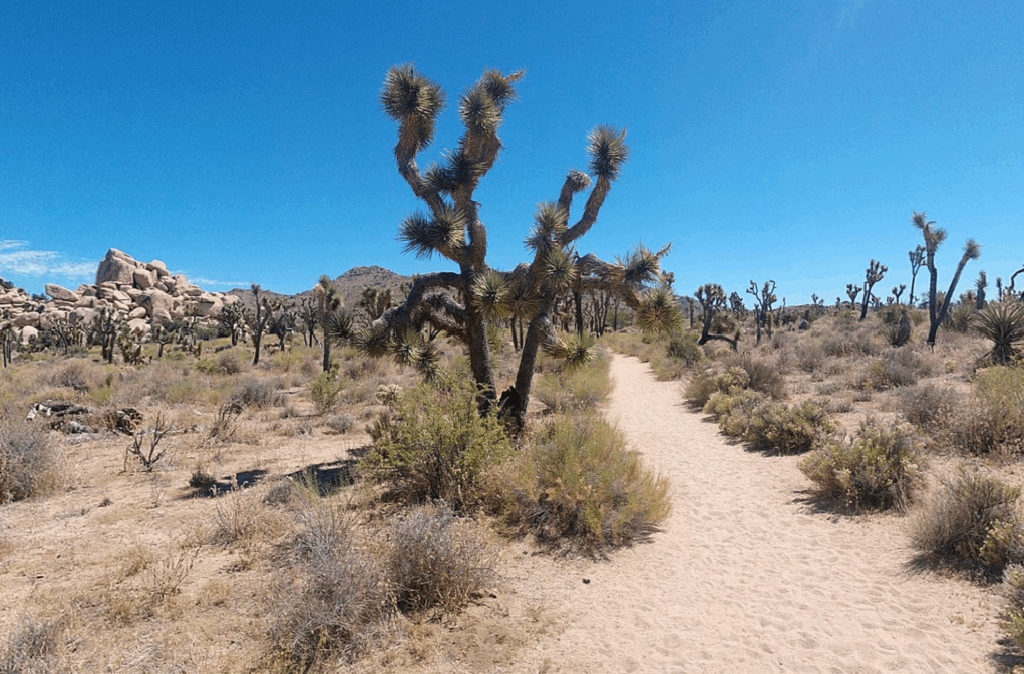
When To Visit Joshua Tree National Park
| Month | Temperature (F) |
| January | 66*/37* |
| February | 66*/37* |
| March | 72*/43* |
| April | 80*/49* |
| May | 86*/56* |
| June | 97*/66* |
| July | 101*/74* |
| August | 99*/72* |
| September | 94*/65* |
| October | 84*/54* |
| November | 72*/43* |
| December | 62*/37* |
Spring (March-May): Spring is ideal because you have warmer days and cooler nights, plus you might get to see a desert superbloom, when wildflowers such as desert marigolds, sand verbena, and poppies paint the park in stunning colors.
Temperatures range from the 70s to the 80s during the day, making it ideal for hiking and rock climbing.
Summer (June- September): We went in July, which is the hottest month of the year, and I will tell you that’s the night I realized I prefer colder weather to sleep in rather than hotter. It was the customary 74* that night, and I struggled to sleep. No mind though because I climbed over all the people in my van (okay, my family, but still) and took in all the night sky had to offer yet again.
Just a Joshua Tree National Park tip: Summer is hot, like can’t breathe hot. If you plan to hike, I recommend doing it before 9 AM, as we did, or after sunset. Of course, stay hydrated.
Fall (October- November): The weather is similar to spring, and there are fewer crowds as well. Plus you might just get that golden hour light for your photos.
Winter (December-January): Winter days are cool (mid-50s to low-60s), but nights often drop below freezing. If you’re looking for solitude, this is a great time to visit. Just be sure to bring layers!
Getting to Joshua Tree National Park
Flying
Palm Springs International Airport
Distance: About 50 minutes to the West Entrance
This is the closest major airport and by far the most convenient. Added bonus that the airport is small and easy to navigate.
Ontario International Airport
Distance: About 1.5–2 hours
This one threw me off! This is not Ontario, Canada, but Ontario, California.
A great option if you want more flight availability and car rental options without the chaos of LAX.
Los Angeles International Airport (LAX)
Distance: 2.5 to 3 hours (depending on traffic, of course)
LAX gives you the most flexibility in terms of flights and pricing, but you’ll need to factor in extra drive time, especially if you’re leaving during rush hour.
Other Options:
- San Diego International Airport (SAN) – ~3 hours
- Las Vegas Harry Reid International Airport (LAS) – ~3.5 to 4 hours
Driving
There are three main entrances to Joshua Tree National Park: The west, which is closest to the town of Joshua Tree, the north near Twentynine Palms, and the south entrance, which is off I-10, near the Cottonwood Visitor Center.
Here are my Joshua Tree National Park tips for getting there:
From the North (Las Vegas or Barstow area)
Take I-15 south to CA-247 S (Barstow Road) through the town of Yucca Valley. This will lead you to the West Entrance.
If you’re coming from Las Vegas, plan for a ~3.5 to 4-hour drive. You’ll pass through the Mojave Desert—so be sure to stock up on snacks and gas. Anddddd… if you want to add some interesting fun (and an extra thirty minutes) to your drive, stop by the abandoned Lake Delores Waterpark.
From the South (San Diego or Mexico border)
Take I-15 N to CA-79 N, then CA-62 E through Yucca Valley to the West Entrance, or I-10 E to the South Entrance near Cottonwood.
From the East (Arizona/Phoenix area)
Take I-10 W toward Indio, then exit Box Canyon Road to enter via the South Entrance near Cottonwood Visitor Center.
This route is remote and gorgeous, especially in the early morning or golden hour.
From the West (Los Angeles or Palm Springs)
If you’re coming from L.A., take I-10 E to CA-62 E, then up to the towns of Joshua Tree or Twentynine Palms. You can enter through either the West or North Entrance.
From Palm Springs, it’s a straight shot up CA-62 E.
Plan for 2.5–3 hours from L.A., and only about 50 minutes from Palm Springs.
Where to Stay in Joshua Tree National Park
Inside the park
There are numerous campsites within the park; however, only the Cottonwood Campground offers running water and flushing toilets. There is also a dump station, making it a popular spot, which fills up quickly. Honestly, a Joshua Tree National Park tip is to reserve a place in this location if you plan to visit during the weekends or peak times.
Near Joshua Tree National Park
We stayed at the most amazing VRBO in the summer of 2024. It had retro 70s vibes and was comfortable for three females to cozy in, eat some s’mores, and jump in the hot tub.
No matter how many people you are hosting, one of my top Joshua Tree National Park tips is to check out VRBO, as there are many unique homes available to rent.
How Much Time to Spend in Joshua Tree National Park
Driving from Palm Springs, we had already had dinner, so after stargazing, we went to sleep.
The next day, we went on an early morning hike on the Wall Street Mill trail and then drove around, taking in the unique rock formations and doing some light bouldering before heading to our next spot for the night. We didn’t even visit the visitors center, sadly. Maybe a reason to go back?
What are you wanting out of your visit?
If it’s similar to ours, you’ll want to see the stars and do some light hiking, so opt for a one-day trip.
If you want a longer hike or a camping trip, two to three days would be best.
Are you a rock climber, photographer, or love the desert? Then opt for four or more days.
Joshua Tree National Park Tips For Visiting
- Bring Plenty of Water: This is my biggest Joshua Tree National Park tip. You’ll get dehydrated faster than you think! It’s recommended to pack one gallon per person per day- and don’t forget about your pets, too.
- Get a National Parks annual pass: Entry to Joshua Tree is $30 per vehicle, so if you plan to visit more than two national parks in a year, go ahead and spend the extra $50 to save yourself some money in the long run.
* We did this for this trip. Bought our annual pass in July at our first stop, went to three or four on that trip, then went to Carlsbad Caverns the following summer during Memorial Day weekend! - Cell service can be spotty: Be sure to download maps offline and let someone know your plans if you’re heading into remote areas. The best offline maps include the NPS official map or AllTrails’ offline map.
Once you’re there, it’s time to enjoy the stillness (and maybe take a few videos to share). - Fill up on gas before you enter the park: There are no gas stations inside the park, so be sure to fill up in Joshua Tree City, Twentynine Palms, or Yucca Valley- especially if you’re planning to explore both the north and south entrances.
- Start your hike early: Even in spring or fall, the sun heats up fast. Hike in the early morning to beat the heat and the crowds.
- Pack Layers: Desert temps can swing wildly—hot during the day, cold at night. Bring a light jacket or hoodie, even in warmer months. In winter, it can drop below freezing at night.
- Carry Snacks and a Trash Bag: There is no food sold inside the park, and no trash bins are available in remote areas. Bring high-energy snacks and pack out whatever you bring in.
- Respect Wildlife and Plants: It’s tempting to climb on everything or snap a selfie hugging a Joshua Tree, but the plants are fragile and grow extremely slowly, at a rate of only an inch or two per year. Leave no trace and stick to trails.
Joshua Tree National Park Tips: Things To Do
Go hiking
I highly recommend the Wall Street trail, which is the one we went on. We didn’t have any trouble finding our way back to the van, and we got to see some pretty interesting stuff, including a former gold mill.
For some easier ones, there is Hidden Valley Nature Trail, which is a loop, and the Arch Rock Trail, which features a rock scramble at the end!
On the moderate side, there is the Lost Horse Mine Trail, a four-mile out-and-back hike that also features a historic gold mine, which operated from 1893 to 1936.
If you’re the serious type and want to obtain a backcountry permit, then you should opt for the California Riding and Hiking Trail, which is 35 miles in total but is broken into manageable sections. This is a multi-day adventure that traverses various landscapes within the park.
Go for a drive
Being able to see things in the AC has its advantages, especially given the park’s vast size.
Go rock climbing
The park’s unique rock formations, wide range of difficulties, and dry climate make it ideal for year-round climbing. The rock here is mostly monzogranite, which provides good friction, perfect for crack climbing, slab routes, and face climbs.
Some of the best climbing areas within Joshua Tree National Park include:
- Hidden Valley: This is the heart of the Joshua Tree climbing scene and is excellent for all levels. The famous climbs include the Bong and Pope’s Crack.
You can also boulder here. - Jumbo Rocks: Jumbo Rock boasts an incredible landscape with numerous short routes and boulders. This area is also ideal for exploration and first-time climbers. This is where we went.
- Echo Rock & Split Rock: This is a well-trafficked and easy-to-access area with a mix of trad and top-rope routes. This area is ideal for groups and new climbers accompanied by experienced friends.
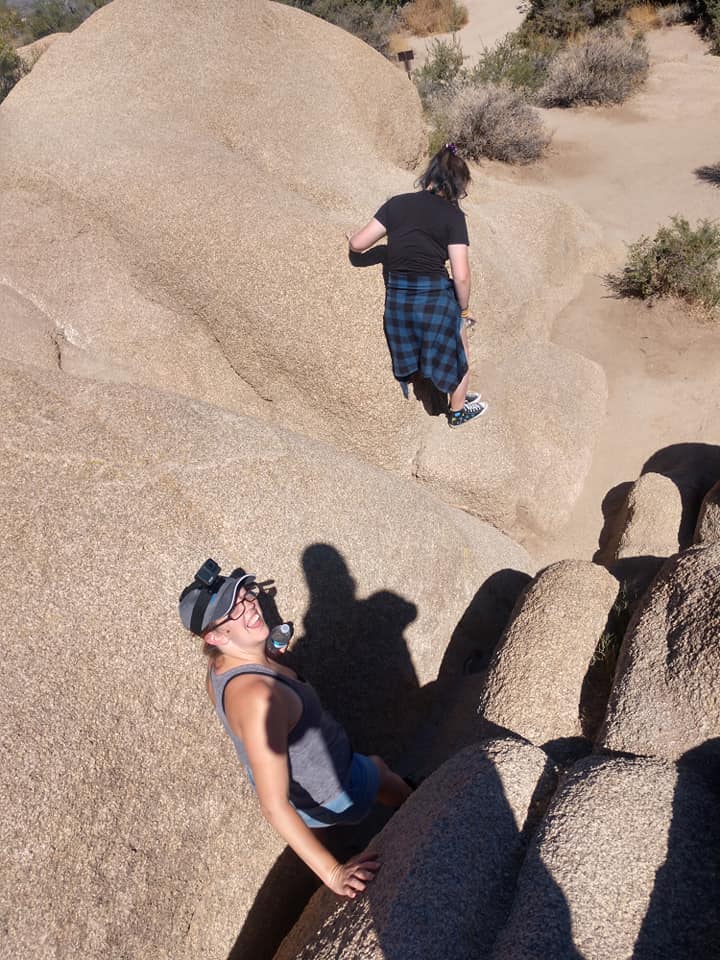
Explore unique rock formations.
If you’re driving around or opting to boulder, be sure to take in the unique rock formations that Joshua Tree has.
Stick around for a nightcap
Joshua Tree is designated as an International Dark Sky Park, which means it meets rigorous standards for low light pollution. This was surprising to me because it’s only two hours from Los Angeles, but it turns out the high elevation is what helps.
We stayed at Hidden Valley Campground, which is nestled into a bowl of giant boulders, making it one of the best spots for stargazing.
The best time to go is during a new moon, when there is no moonlight, allowing for maximum visibility of stars and the Milky Way. One of my Joshua Tree National Park tips is to visit during a ranger-led Night Sky Program night.
Visit the city of Joshua Tree
If you’re headed to Los Angeles and need a refresher before jumping back into reality, stop by Joshua Tree Coffee and refuel before continuing.
Wrapping Up My Thoughts on Joshua Tree National Park
I’m already planning my next trip to Joshua Tree National Park. I think it would be fun to go in the spring and see the superbloom, plus the cooler nights make the hot tub sound that much more alluring.
I hope you are as excited as I am and ready to sip your coffee and watch the desert wake up as you do the same.

